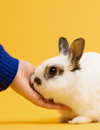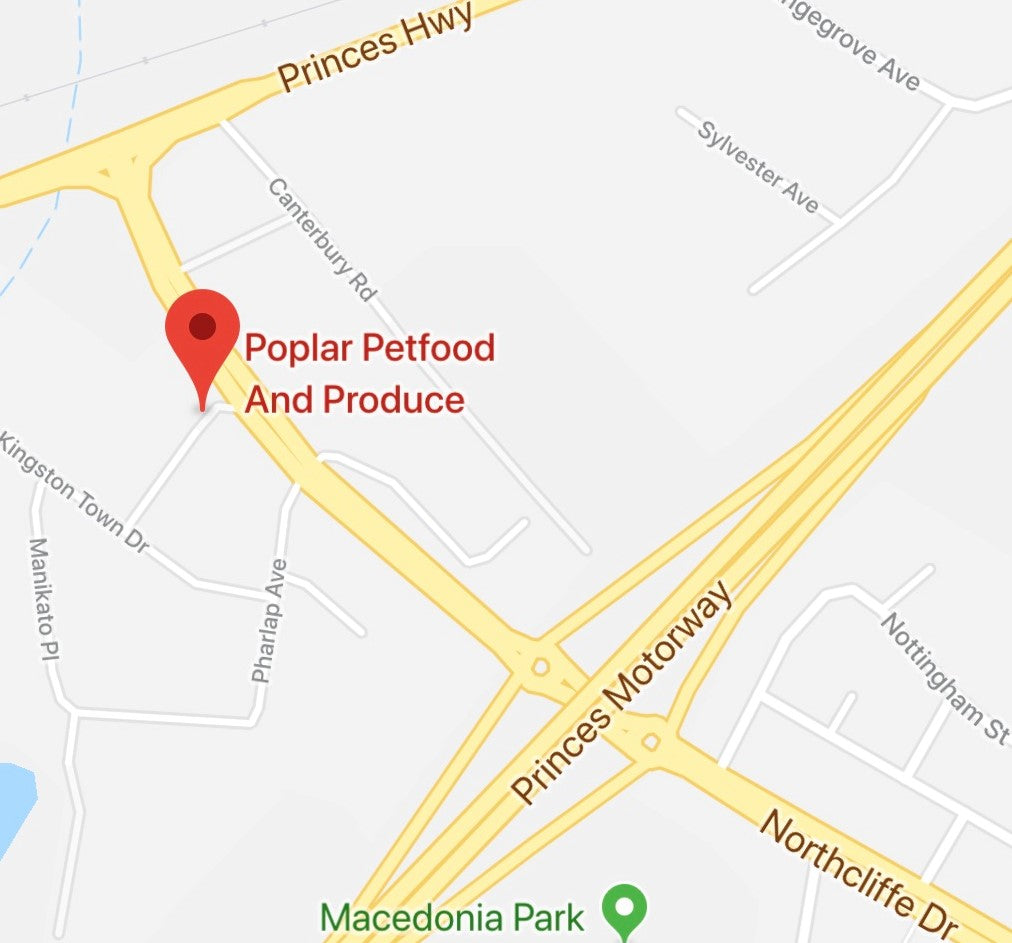
Crate Training Your New Puppy
Creating a positive crate training experience
Crate training is a very popular way of keeping puppies safe when unsupervised and is a highly effective tool to fast track toilet training as it encourages them to hold their bladder/bowels. When used correctly, a crate can become the puppy’s favourite place for sleeping and/or safe quiet time. Because dogs are social animals, an ideal location for the crate is a room where the family spends time such as a lounge room or in a bedroom where the dog might sleep at night.
The key to making the crate the dog’s favourite retreat and sleeping area is to associate the crate with as many positive and relaxing experiences as possible (treats, chew toys, bedding) and to place the dog in their crate when playing with new toys during scheduled rest and sleep periods.
The crate should never be used for punishment, remember it is meant to be a positive place.
So, how do you start crate training that new puppy?
If you wish to start crate training your puppy it is best to do it the first night you get them home or as soon as possible. When introducing your puppy to their crate it is very important to take it slow and don’t rush.
First introduce your puppy to the crate by leaving the door open so it can freely walk in and out to investigate as it pleases. Make the crate inviting by placing a comfy bed inside with their favourite toys. Encourage the puppy to voluntarily go into the crate by placing their favourite treats or chews inside.
To help encourage your puppy to stay in the crate whilst the door is open, stay close by and try using a KONG toy filled with soft puppy food or some other eating activity such as a pig’s ear or a bully chew. This creates a positive association with the crate.
Once your puppy is choosing to go into the crate on their own without encouragement, you can begin to close the door but only for a few seconds at a time. Gradually build up the duration as long as your puppy is relaxed, remembering to continue using your KONG and chews whilst the puppy is in the crate and the door is closed.
Once your puppy is happily settled in the crate (with their KONG or chew) with the door closed, you can start to increase the distance between you and the crate. If the puppy begins to whine, decrease the distance and wait a few seconds until the puppy is quiet, then let it out. If the puppy whines or cries it is telling you that it is not ready for that distance between you so you will need to take a few steps back to the distance where the puppy doesn’t react.
Over time your puppy will be quite happy to go settle in the crate by its self, you can start to pair a cue each time your puppy goes into the crate such as “in your crate” or “go to bed”. This builds up an association between the cue and the action of walking into the crate.
When using the crate for toilet training never leave the puppy in the crate for too long. Successful toilet training requires consistency so give your puppy plenty of opportunities to toilet outside every 2-3 hours including during the night. It will obviously help if the crate is located within earshot during the night as you will be able to hear them crying when they need to go to the toilet (a baby monitor is a great little investment to help with this). As your puppy grows, you will find you don’t need to take them out as often. As a general rule, puppies at rest can hold themselves for up to one hour for every month of age, however play/excitement can reduce this time.
Unsupervised puppies inside should be in the crate but only for a long as your puppy can cope with. This will depend on the individual puppy, but it will ensure there are no accidents on undesired surfaces.
How do you select the correct crate?
A metal, collapsible crate with a tray floor works well, like the Kazoo Mobile Homes. You need to ensure the crate is large enough for your puppy to stand, turn, and stretch out. Some dogs feel more secure if a blanket is draped over the crate. But be sure to select a nice comfortable bed to fit also.
A well-adjusted dog for life
Remember your new pup is still understanding it’s surroundings, be patient and don’t rush the process of crate training and you will reap the rewards throughout their lifetime. Crate training is used in many stages of life, especially after surgeries, like de-sexing.
A crate is for life. We have customers whose dogs are so happy with their crate they put themselves to sleep each day in it, for no reason other than they love being in their own space.
Written by Just for Pets







